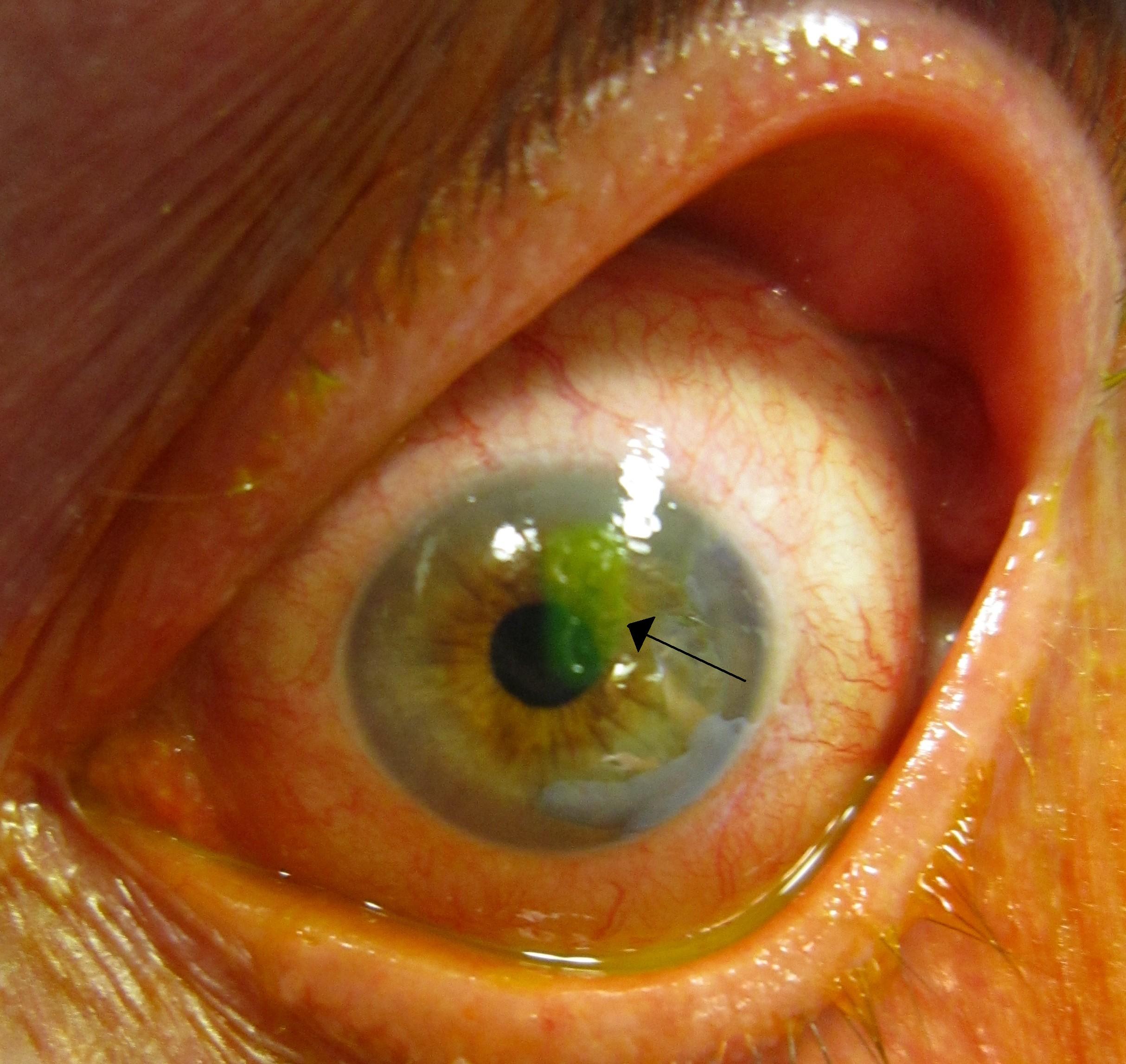Last Updated: January 14, 2025
What is recurrent corneal erosion (RCE)?
The cornea is the clear, dome-shaped covering of the eye. Recurrent corneal erosion (RCE) happens when the outer layer of the cornea loosens or peels off. RCE causes a sharp pain that is usually worse right after waking up.
When the eyelids are closed during sleep, the outer layer of the cornea swells due to lack of oxygen. This causes it to stick to the eyelid. When you wake up and open your eyes, this loose piece of tissue peels off and causes severe pain.
How long does a recurrent corneal erosion last?
The pain may last for a couple of hours or up to several days and tends to recur multiple times a year. You may ignore the symptoms of RCE if they go away quickly, but it is important to see your optometrist. They can accurately diagnose and treat recurrent corneal erosion to help minimize your discomfort and prevent a recurrence.

Image1
What causes recurrent corneal erosion?
Most cases of RCE are related to:
- a previous injury to the cornea, like a scratch,
- underlying diseases of the cornea,
- having had surgery for refractive errors, cataracts, or a corneal transplant.2
How do you treat recurrent corneal erosion?
Recurrent corneal erosions can be treated with:
- bandage contact lens, to patch the affect eye,
- antibiotics and anti-inflammatory eye drops,
- artificial tears,
- topical ointments, and
- surgery in extreme cases.3
RCE can be a very painful condition. Book an appointment with your optometrist if you have eye pain or other unusual symptoms. They can help you manage and prevent unnecessary discomfort.
References
- James Heilman, MD (Own work) [CC BY-SA 3.0 (http://creativecommons.org/licenses/by-sa/3.0) or GFDL (http://www.gnu.org/copyleft/fdl.html)], via Wikimedia Commons
- Miller, D. D., Hasan, S. A., Simmons, N. L., & Stewart, M. W. (2019). Recurrent corneal erosion: a comprehensive review. Clinical Ophthalmology, 13, 325-335. Available from: https://www.ncbi.nlm.nih.gov/pmc/articles/PMC6376883/
- McNulty, A. (2017). The OD'S guide to managing recurrent corneal erosion: whether it's medical or procedural, optometry can combat this painful condition. Review of Optometry, 154(1), 32-36. Available from: https://www.reviewofoptometry.com/article/the-ods-guide-to-managing-recurrent-corneal-erosion